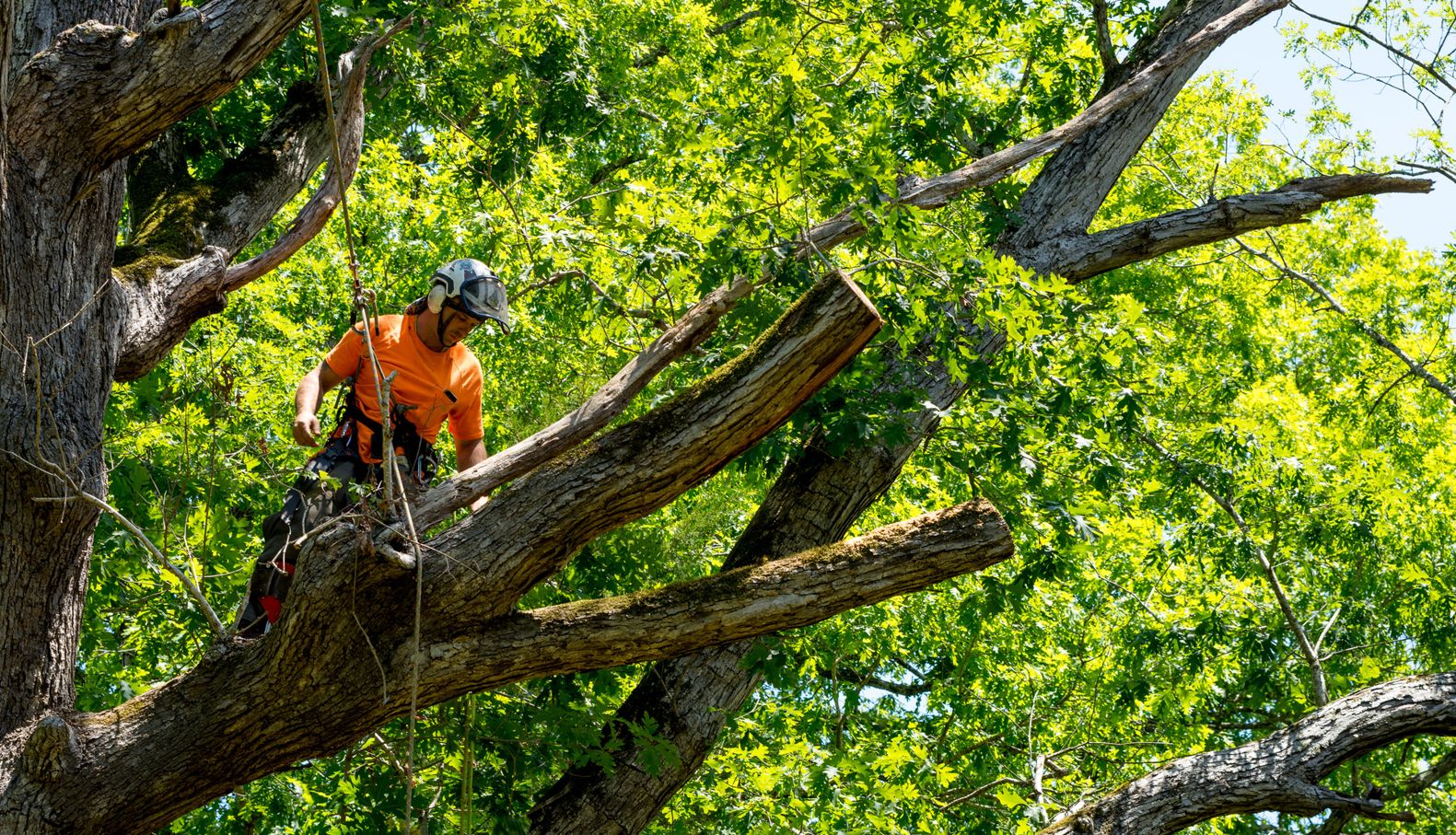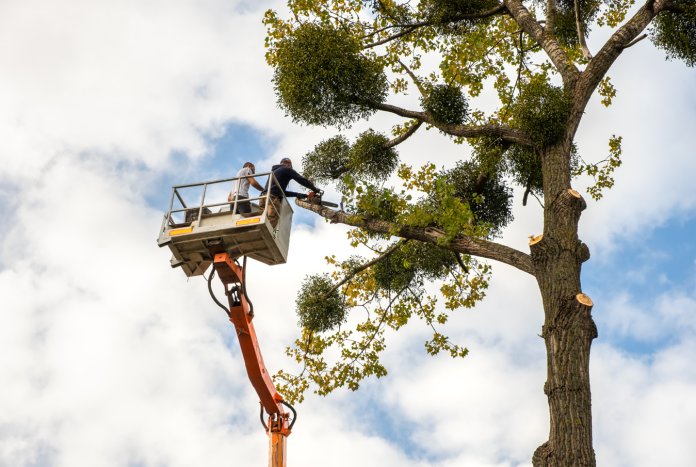Making the call on whether or not to cut down a tree in your yard is never easy. After all, trees provide wonderful benefits like shade, beauty, and oxygen. Yet there are also good reasons you may need to remove them, like disease, damage, or safety issues. About thousands of trees are lost each year due to pest infestations or damage brought by storms. Thus, before making a choice that can’t be undone, it’s crucial to weigh all the factors carefully.
This article will walk you through the key things to evaluate when deciding if taking down a tree is the right move. With some careful inspection and soul-searching, you can better decide on what works best for your landscape and peace of mind.
Evaluate your tree’s health
Is that oak tree in your yard diseased or infested with bugs? Does the maple out front have dead branches, or does it look like it’s dying? Unhealthy trees are definitely candidates for axing by a tree removal expert before they become unsafe.
Check your tree over for signs it’s in poor health, like fungal growth, decay, dying limbs, sparse leaves, or hollow trunks. If you spot any of these red flags, call an arborist immediately to diagnose what’s wrong. They can expertly evaluate if your tree is declining or treatable. Remember, eliminating sick trees now can stop disease from spreading to your other trees. And you certainly don’t want a diseased tree crashing down on your house someday!
Take note of any existing damage
As reported by the National Library of Medicine, 58% of tree failures are due to high winds and storm events. Vehicles crashing into trunks or construction work near a tree may also cause injury.
So, if over half of your tree’s branches, trunk, or roots are damaged, it likely won’t recover. Those wounds just worsen over time, decaying the tree and becoming a falling hazard. Here are telltale signs your tree is too far gone:
- A split trunk
- Missing bark around most of the trunk
- Severed roots or tipped-over tree
Thus, removal is the best call for these badly damaged trees before they destroy your property or hurt someone.
Inspect for structural defects
It’s also paramount to inspect your trees regularly for structural defects that can potentially cause breakage. Flaws like weak branch unions, cracks, and decay can weaken trees over time.
Here are some signs your tree may have hidden structural defects:
- Branches poorly attached in narrow V shapes rather than wider U shapes
- Hollowed out or mushy areas on the trunk or branches
- Numerous dead and broken branches
- Deep seams or cracks in the trunk or large branches
Contact your trusted arborist once you notice any of these signs. They can advise you better on whether bracing, cabling, or complete tree removal is needed.
Consider the tree’s proximity to your property
A tree’s location on your property is another important factor when weighing removal. Though it seems harmless now, that towering tree planted too close to the house could cause damage as it grows. So, watch out for trees touching rooflines, utility wires, roads, or anything else they can harm.
Trees too close to structures may eventually need removal before they:
- Block views of traffic
- Knock down power lines
- Bust up sidewalks
- Damage rooftops
Before removing an inconveniently located tree, consider options like adjusting the building footprint, rerouting pipes or wires, or strategic pruning. An arborist can also suggest other creative solutions to save a beloved tree that probably just needs more space.
Watch out for troublesome root systems
An invasive root system can turn an otherwise healthy tree into a detriment for your property. Here are a few signs to look out for:
- Buckling or cracking sidewalks, patios, or driveways
- Leaky plumbing or clogged drains
- Foundation cracks or damaged walls
- Poor grass growth around the tree
If aggressive roots are destroying your hardscapes, removal may be the safest bet. Installing root barriers or redirecting pipes can temporarily help in minor cases. Otherwise, removing the offender is usually the only permanent solution when destructive roots run amok.
Factor in hassle and cost
Aside from health and safety issues, practical factors like cost, effort, and headache can sway your decision on tree removal. Pruning, trimming, treatments, and cleaning up after your tree add up over time. Resources show that routine tree maintenance can cost homeowners USD$250 to USD$700 annually per tree.
Tree removal may be the practical choice if:
- Your tree’s care is blowing your landscaping budget.
- Fallen leaves, sap, and fruits annoy you.
- The tree blocks views or sunlight into your home.
- Constant pruning is needed to access overhead wires.
In some cases, partial removal of problematic limbs may do the trick. But when practical matters make a tree more trouble than it’s worth, tree removal can bring long-term relief.
Wrap up
Deciding if it’s time to remove a tree is tricky. You want to look at all the factors – health, safety, location, roots, and everyday hassles. In the end, you need to weigh both the benefits and drawbacks of keeping your tree. Remember, tree removal is a case-by-case decision. So, look at your tree objectively, get professional advice, and choose what’s best for your landscape’s health.

















